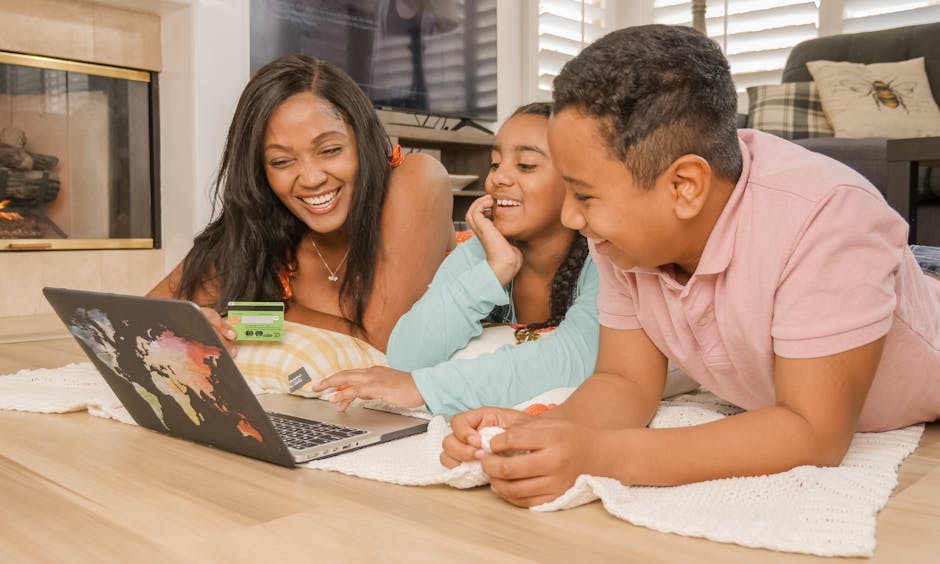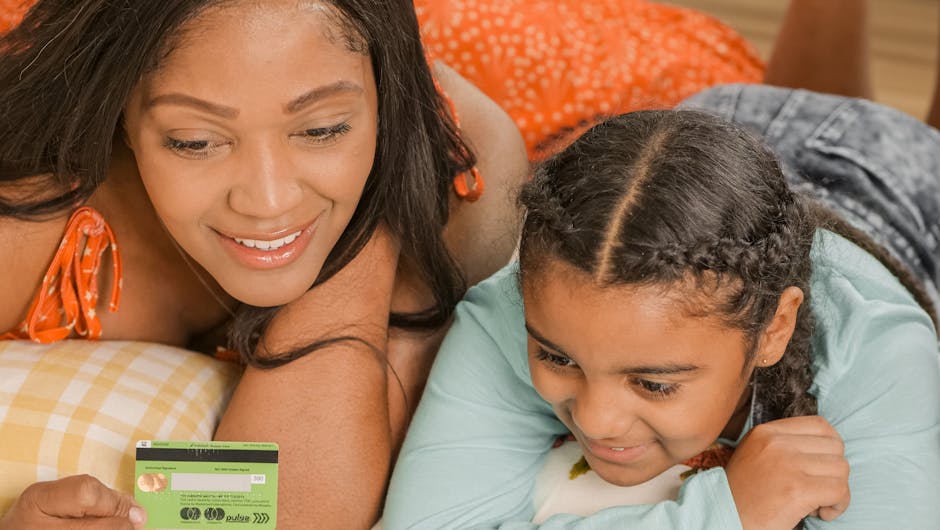Protecting Children Online: A Comprehensive Guide
With the proliferation of digital technology, the internet has become an integral part of our daily lives. Children today are growing up in a world where access to information and communication is just a click away. While this can be incredibly empowering, it also exposes children to various online risks such as cyberbullying, inappropriate content, and online predators. As parents, educators, and caregivers, it is our responsibility to ensure that children are safe and secure in their online interactions. In this article, we will delve deep into the topic of how to protect children online, exploring various strategies, tools, and best practices to keep our young ones safe in the digital world.
The Rise of Online Threats

As children spend more time online, the risks they face have also evolved. Cyberbullying, sexting, exposure to inappropriate content, and online predators are some of the common dangers that children may encounter on the internet. According to a recent study, over 70% of children have accidentally encountered explicit content online, while 1 in 3 children have been a victim of cyberbullying. These alarming statistics highlight the urgent need for proactive measures to protect children online.
Understanding Online Safety

When it comes to protecting children online, education is key. Teaching children about online safety from a young age can help them develop critical thinking skills and make informed decisions while navigating the digital world. Parents and educators play a crucial role in guiding children on safe online behavior, setting boundaries, and fostering open communication about their online experiences.
Parental Controls and Monitoring

One effective way to protect children online is by utilizing parental control software and monitoring tools. These tools allow parents to set restrictions on the websites children can access, monitor their online activities, and track their digital footprint. By using parental controls, parents can create a safer online environment for their children and prevent them from accessing harmful content.
Safe Online Communication

It is essential to educate children about safe online communication practices. Encourage children to be cautious when sharing personal information online, such as their full name, address, school, or phone number. Teach them about the importance of privacy settings on social media platforms and the risks of interacting with strangers online. By fostering a culture of open communication and trust, children will feel more comfortable reporting any suspicious or uncomfortable online interactions.
Cyberbullying Prevention
Cyberbullying is a prevalent issue that affects many children and adolescents. It is essential to educate children about the impact of cyberbullying and how to respond to such situations. Teach children to be respectful and kind online, and encourage them to speak up if they witness or experience cyberbullying. Establish clear guidelines on appropriate online behavior and help children build resilience to overcome cyberbullying incidents.
Online Privacy and Security
Protecting children’s online privacy is paramount in safeguarding their digital identity. Teach children about the importance of strong passwords, secure browsing habits, and the risks of sharing sensitive information online. Encourage them to be mindful of the information they share and the websites they visit. By instilling good privacy and security practices, children can protect themselves from online threats and identity theft.
Educational Resources and Support
There are numerous educational resources and support systems available to help parents, educators, and children navigate the complexities of online safety. Organizations such as the National Cyber Security Alliance and the Center for Cyber Safety and Education offer valuable resources, tips, and guidelines for promoting online safety. By staying informed and actively engaging with these resources, parents and educators can equip themselves with the knowledge and tools to protect children online effectively.
Expert Opinions
We reached out to Dr. Sarah Jones, a child psychologist specializing in online safety, for her expert opinion on protecting children online. According to Dr. Jones, “It is crucial for parents to have open and honest conversations with their children about online safety. By establishing clear boundaries, monitoring their online activities, and providing guidance on safe digital behavior, parents can create a safe and secure online environment for their children.”
Common Misconceptions
One common misconception about online safety is that restricting children’s access to the internet is the best way to protect them. While setting limits on screen time is important, completely blocking access to the internet can hinder children’s development of digital literacy skills. Instead, it is essential to strike a balance between supervision and independence, allowing children to explore the online world under guidance and support.
Conclusion
Protecting children online is a multifaceted endeavor that requires a proactive and collaborative approach from parents, educators, and caregivers. By educating children about online safety, using parental controls and monitoring tools, promoting safe online communication, and fostering a culture of trust and open communication, we can create a safer digital environment for our young ones. Together, we can empower children to navigate the online world responsibly and confidently, ensuring that they reap the benefits of technology while staying safe from online threats.
Remember, the internet is a vast and dynamic space, and staying informed about the latest online trends and risks is crucial in safeguarding children’s online experiences. By staying vigilant, proactive, and engaged in our children’s online lives, we can create a safer digital future for the next generation.




